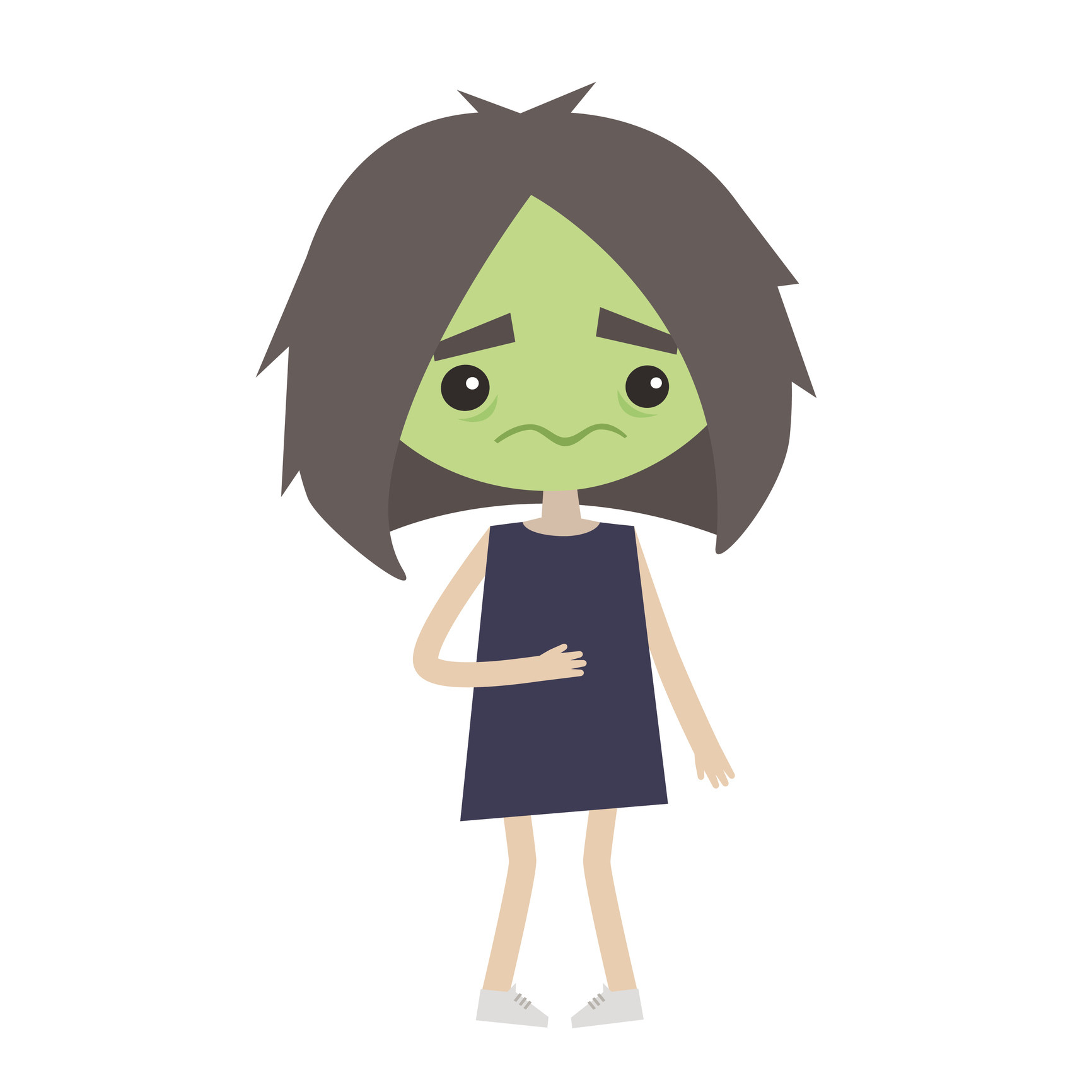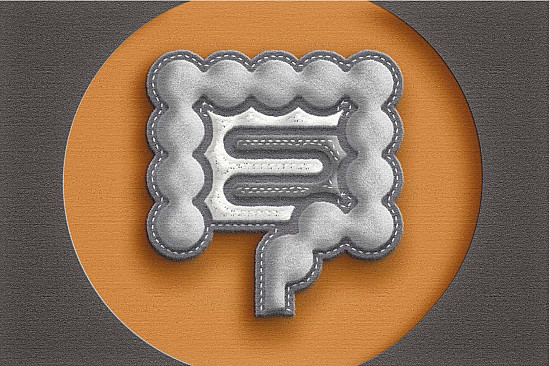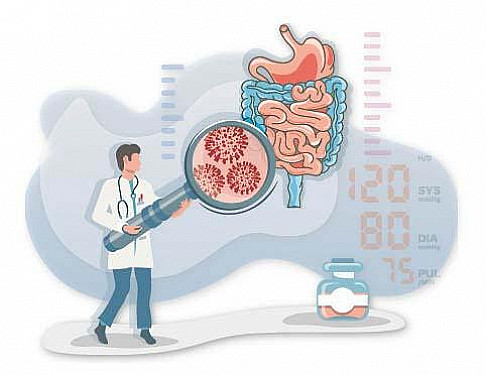When a nasty stomach virus strikes…

There has been a nasty stomach bug going around this winter.
Just before Christmas, our hospital sent out an email alerting staff to an "increase in gastrointestinal illness consistent with Norovirus in the staff and in the community," followed by reminders of how to avoid getting (or spreading) it.
Norovirus is one of several viruses that can cause the "stomach flu." When this alert came, I did not want to have a Norovirus outbreak in our home for the holidays. "Surely, we can do more to stay safe!" I thought.
How the virus spreads…and why it spreads so easily
- Food and water are very common ways to pick up the virus. Imagine: A cook who doesn't get paid sick leave gets a stomach bug. They come back to work as soon as they can stand up, because they have little choice. They're in a hurry to prepare your salad, and don't wash their hands properly, and you're doomed. Infected people can be contagious from a day before symptoms even start, through up to two weeks after they feel better. The general recommendation is to refrain from preparing food and drink for others for at least two days after symptoms go away.
- Contaminated items: The virus is very hardy and can survive on surfaces for a few days. Think doorknobs, computer keyboards, subway seats and handles, and shopping carts. You touch these surfaces, then put a piece of gum in your mouth, touch the straw in your drink, or nibble your nails, and you have effectively transmitted the virus right into your body. It only takes 18 to 100 microscopic virus particles to infect someone.
- When people vomit, viral particles can travel through the air, so you can inhale it, too. I would imagine that toilets with a more violent flushing mechanism (think: airplane lavatory) would also send viral particles flying. So, when you're caring for your heaving child, or wondering why that guy keeps going to the airplane bathroom, know that if you can smell it, you can likely inhale it.
The long and short of avoiding the misery of Norovirus? Handwashing
Handwashing is one of the only things you can do to protect yourself and others. But to be effective, you have to wash your hands the right way. So, what is the right way to wash your hands? The CDC has an instructional video, but I'll just tell you:
1. Wet your hands.
2. Lather with soap and scrub for at least thirty seconds. Helpful hint here: sing a little song. The classic is "Happy birthday," but I think a modified "Row, row, row your boat" could work as well (and I made this up):
"Wash, wash, wash the germs,
Gently down the drain
Thoroughly, thoroughly, thoroughly, thoroughly,
This is such a pain."
3. Now rinse. Shut the faucet off with the back of your hand, if it doesn't shut off automatically.
4. Dry, but whatever you do, do not touch the door handle when you leave the bathroom. Use a paper towel, or at the very least, your sleeve. (Remember, contaminated surfaces...)
Are hand sanitizers helpful? Well, if you really want to use alcohol-based hand sanitizers, you can, but evidence suggests they're ineffective when used alone. A recent research review looked at multiple studies and concluded that alcohol-based hand sanitizers cannot substitute for handwashing, but you can certainly use them in addition. (5,7,8)
Put on your haz-mat suit and grab the bleach
The Christmas outbreak raged on. The bug hit my husband's workplace, then mine, and then our kids' schools. Despite our best efforts, we all got it: My brother's kids, then my brother and his wife, then Nana and Grandma, and then I got it Christmas Eve. There was a lot of cleaning and laundry going on.
So, how do you clean and wash, to avoid further spreading of this nasty virus?
- For contaminated surfaces, first soak any pools and clear any chunks with thick paper towels and dispose in a sealed garbage bag. This will minimize the risk of you or others breathing in viral particles when cleaning.
- Wash with a chlorine bleach solution of at least 5 tablespoons of household bleach per gallon of water for things that go into people's mouths. (utensils, teething toys, etc.) For heavily contaminated surfaces, use 1½ cups of household bleach per gallon of water. Use a new or recently opened bottle of bleach; the longer it's opened, the less effective it is.
- Don't want to bleach your new microfiber couch? There is a list of other disinfectants registered as effective against Norovirus by the Environmental Protection Agency. (6) Many of these are hospital-grade and/or staining, and may not be ideal for your couch, either. Steam-cleaning can be effective, provided that the cleaner gets to at least 212 degrees F (the less time the steam contacts the surface, the higher the temp needs to be).
- For contaminated laundry, you'll also need to throw in some bleach and run the washer on hot. Viral particles can spread on contaminated clothing, and can survive temperatures well above 140 degrees Fahrenheit. Definitely machine-dry. The generally recommended wash and dry temp is 170 degrees F.
Because people can continue to be contagious for a while, do everyone a favor, and stay home for a few days (and keep the kids home from school). Remember, try not to prepare food for at least two days after symptoms go away. And keep washing those hands.
Sources
- Up-to-date: Epidemiology and pathogenesis of viral gastroenteritis in adults
- Centers for Disease Control and Prevention: Norovirus
- Centers for Disease Control and Prevention: Handwashing—Clean Hands Save Lives
- Occupational Safety and Health Administration: SHA Fact Sheet—Noroviruses
- United States Environmental Protection Agency: EPA Registered Hospital Disinfectants Effective Against Norovirus (Norwalk-like virus)
- Clin Microbiol Infect. 2014 Aug; 20(8). Epub 2014 Jul 16. Infection control for norovirus.
- J Hosp Infect. 2015 Jul; 90(3). Epub 2015 Apr 10. Reducing viral contamination from finger pads: handwashing is more effective than alcohol-based hand disinfectants.
- The Washington Post, Jan. 5 2017 Dreaded 'stomach flu' wreaks havoc on families — and it's only going to get worse
Disclaimer:
As a service to our readers, Harvard Health Publishing provides access to our library of archived content. Please note the date of last review or update on all articles.
No content on this site, regardless of date, should ever be used as a substitute for direct medical advice from your doctor or other qualified clinician.















